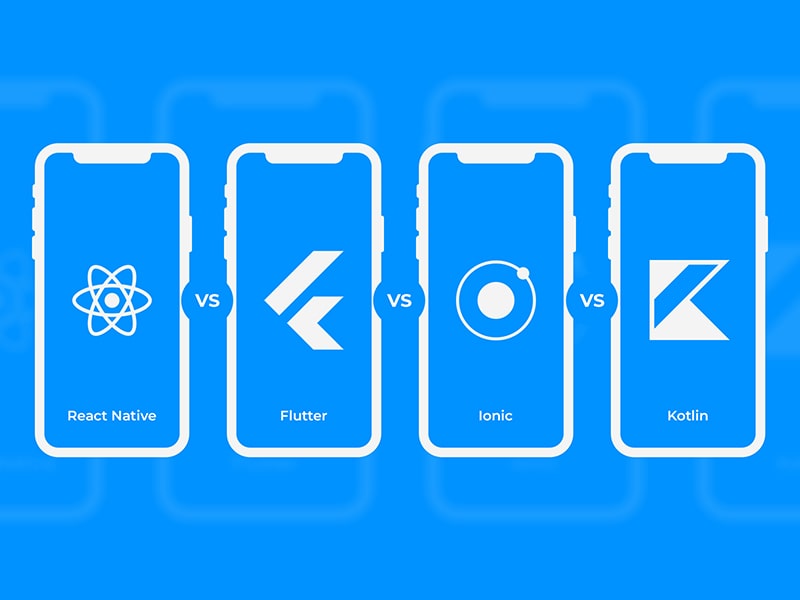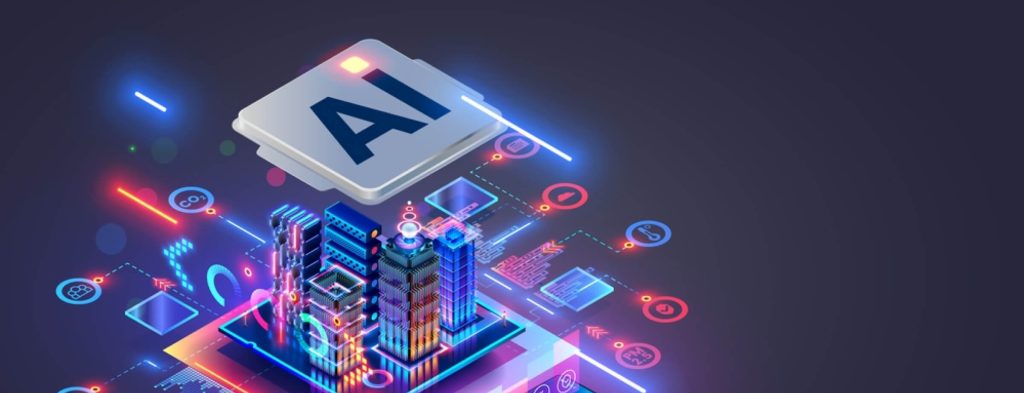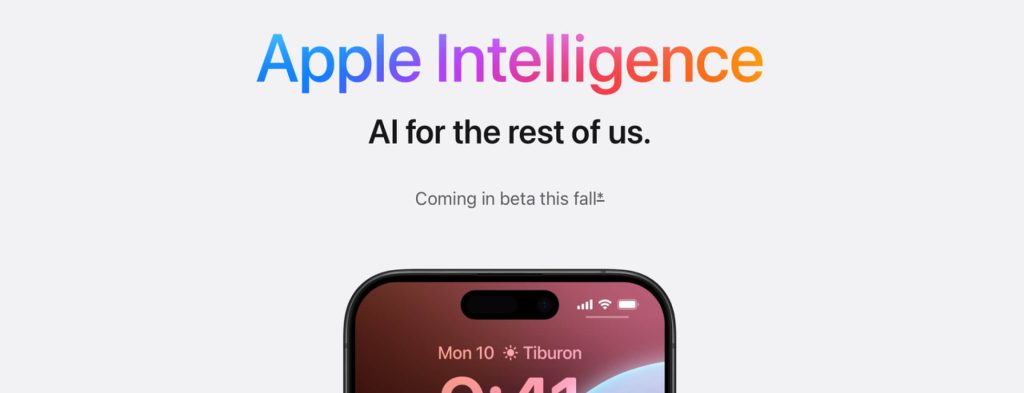As we all know that smartphones have become an essential part of human’s lives today! And there are millions of people around us using smartphones. This crazy drive of smartphones has ultimately caused the mobile app development market to increase to a great extent. Many app developers who wish to build different types of applications for smartphones, may it be Android or an iOS. And some of these want to cater to both Android and iOS markets.
When it comes to developing apps on either Android or iOS platforms or both, there are many native as well as cross-platform software development kits (SDKs) available such as Flutter, React Native, Kotlin, and Ionic. But with so many options in the list, it becomes difficult to choose the right mobile development kit. Going with the right choice still lies in the hand of an app developer. However, if you are struggling to choose the one among React Native, Ionic, Flutter, and Kotlin, here’s a detailed comparison that can help you in making the right choice.
In this article, we shall discuss the features of these different SDKs to get a brief idea of how they help us build an application.
Some of the attributes that are to be considered while selecting the platforms for mobile app development are:
- User Interface
- Market & Community
- Performance
- Supported Platforms
- The Language Stack
- Pricing
Comparing React Native vs Flutter vs Ionic vs Kotlin
1. User Interface
Every application is judged by its user interface within the first few seconds of its usage. So, the GUI of an application should be easy as well as engaging; comparing this attribute among the SDKs we have:
React Native: React Native associates with native UI controllers, which gives native user experience with an amazing graphical user interface. It utilizes the ReactJS library immeasurable UI elements and UI development.
Flutter: Ionic can give cross-platform apps but the efficiency and performance are not that sufficient like Flutter and React Native. Flutter also provides with one of the best User Interface.
Ionic: The user interface in Ionic doesn’t utilize native elements and it offers everything in CSS and HTML. Then Cordova is applied to give the native mobile experience. The angular elements in the framework help Ionic apps to look-alike native ones.
Kotlin: Kotlin has also been one of the languages that help users develop cross-platform apps and is supported by Google for mobile development on Android. It allows users to build native apps and is great in features and user experience since it is 100% interoperable in Java. It can be combined with SDKs to develop compelling user experiences.
2. Market & Community
Having a great community and market helps your app grow and lets you understand how popular the platform is!
React Native: It has the biggest market and community and the network of its developers is still growing. This makes it easy for the developers to start with the React Native projects. It is known for providing the real native applications by utilizing ReactJS library and most essential web development language JavaScript. It makes the platform stronger and famous.
Flutter: As Flutter is still a new platform, it does not have a big market and community and is not very popular. But as it is created by Google, it shows that they want to make it a big thing in the mobile world. However, working with Flutter is easy and using it is fun.
Ionic: Is the second most popular platform that comes after React Native. It delegates the app developers to build the mobile application in the fastest possible way and has a great community of developers online.
Kotlin: It’s observed that Google itself is becoming Kotlin-oriented and many of the developers are moving towards it. Also, many of the Java apps are being rewritten in Kotlin and with its fast and smooth features, its market has been growing. Kotlin is viewed as the future of building Android apps.
3. Performance
Performance is the most substantial attribute when we talk about developing cross-platform mobile applications. Every app created on a different platform has a different performance.
React Native: The performance of React Native apps is very similar to that of the native applications, as it provides with the code elements specifically to native APIs. It is highly focused on providing the best performance.
Flutter: Flutter works on the language Dart and when compared for the performance attributes, it takes away the credits. Using Dart as a language, it eliminates the JavaScript bridging for starting interactions with native elements. The speed of the apps offered by Flutter is outstanding!
Ionic: As Ionic does not use native components and still by using Cordova, it tries to give the native experience, in terms of performance it loses the game. While React Native and Flutter utilizes web technologies and utilize native elements, they perform far better than Ionic.
Kotlin: Kotlin is said to be a better alternative to Java and its bytecode is almost similar to that of Java. It mainly targets JVM, but also it compiles to JavaScript/native code. It performs faster than Java and is better in terms of security, syntax, and compatibility.
4. Minimum Supported Platforms
Before building an app on a particular platform, it’s necessary to know what platforms are supported by the SDKs that you use for the development.
React Native: It supports Android 4.0.3+ versions and iOS 8+.
Flutter: It supports Android Jelly Bean, v16, 4.1.x+ versions and iOS 8+.
Ionic: It tends to support Android 4.4+ versions, iOS 8+ and Windows 10.
Kotlin: Apps built on Kotlin can run on any older Android versions with no issues and iOS 8+ versions.
5. The Language Stack
Every SDK uses different programming languages to build an app and offers developers with unique benefits.
React Native: It uses the most popular and dynamic web development, high-level programming language JavaScript and React.JS. It also allows writing a few elements in Swift, Java or Objective-C, making React Native the best mobile development framework among all the others in terms of programming language.
Flutter: Flutter uses Dart as a programming language for the development of high-quality mobile applications for Android, iOS, and Windows. Dart is based on Java and C/C++.
Ionic: Ionic uses CSS, HTML 5, and JavaScript to develop an application. And additionally, it uses Cordova to access native platform controllers. To improve code quality, TypeScript can also be used.
Kotlin: It is statically-typed, general-purpose programming language. It is designed to interoperate fully with Java. It’s similar to Java and targets JVM (Java Virtual Machine), JavaScript, and Native.
6. Pricing
The cost of using these platforms isn’t a matter of concern as all of them are open-source platforms.
React Native: It is an open-source and developers can use the libraries and their tools free of cost!
Flutter: Flutter is also an open-source platform and is free of cost.
Ionic: It is an open-source framework for developing cross-platform apps and is available for free. However, it offers a pro version, which is a paid version, which tends to improve the development process.
Kotlin: Kotlin is also free of cost and its source code is available on GitHub.
Conclusion
For the development of both native as well as cross-platform mobile applications, all the four platforms are known to be reliable and they all aim at decreasing the time and expenses for app development along with providing an improved app performance. Each platform is unique in its own way and the process of making a choice amongst all of them should depend upon the requirements and priorities.






